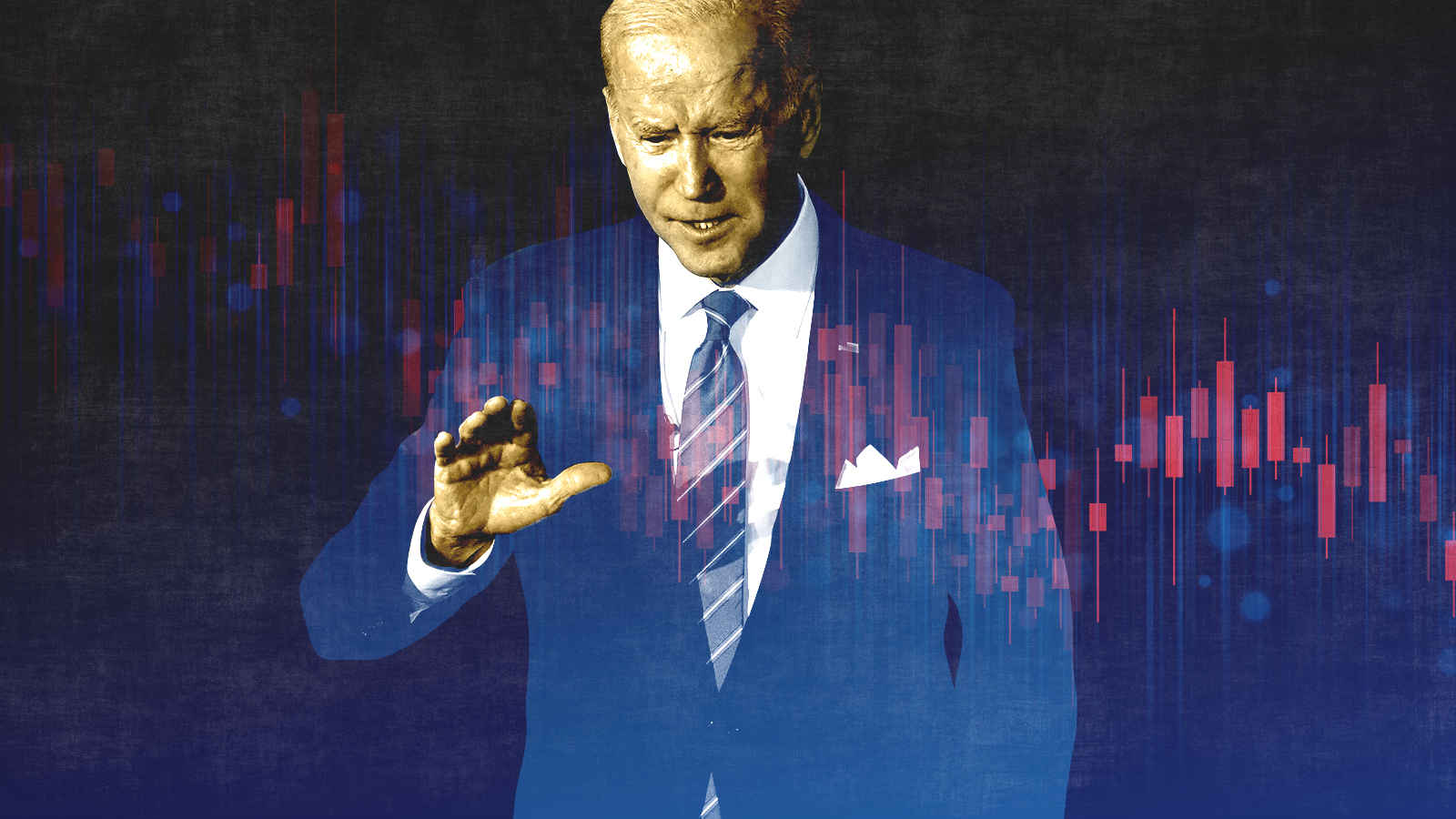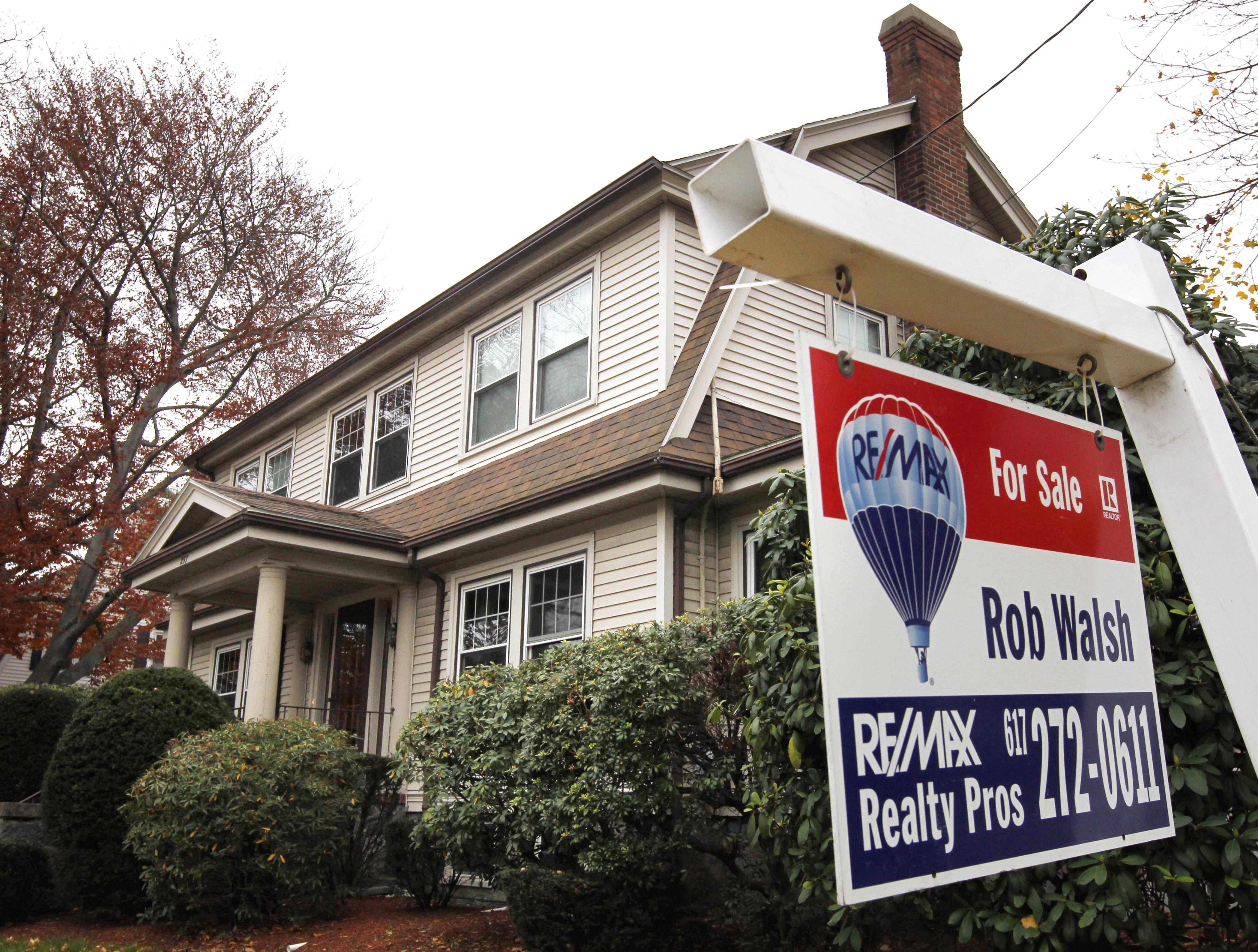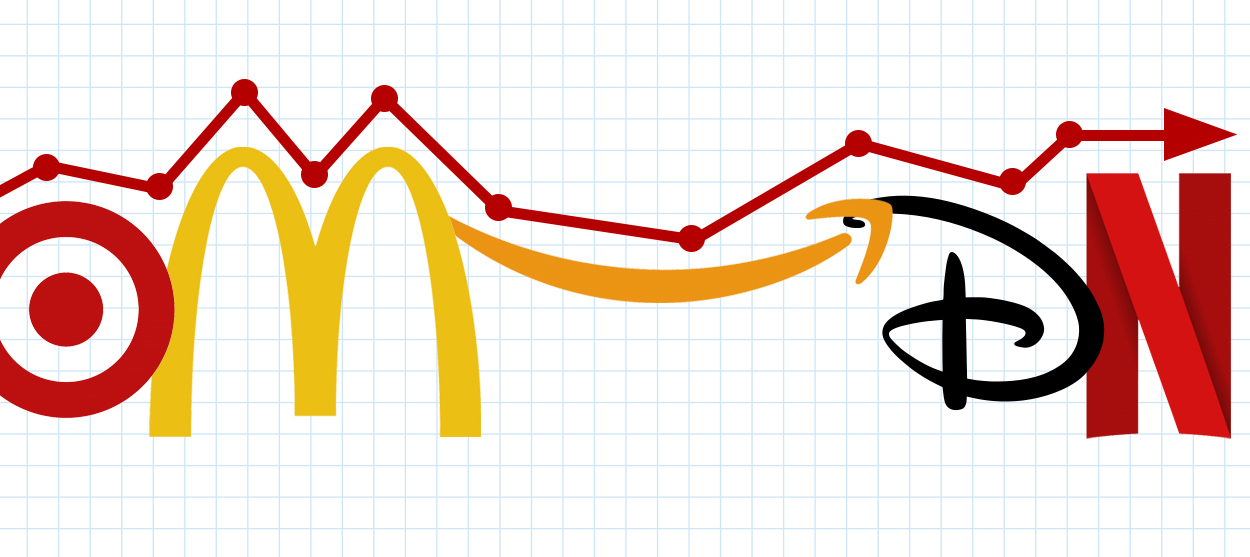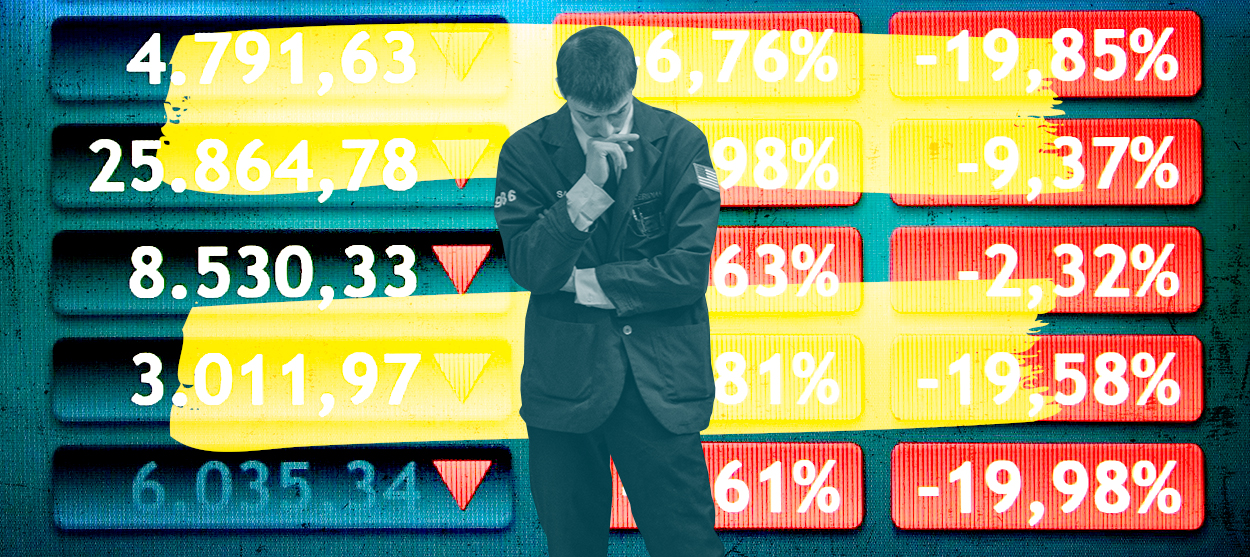America is on the verge of a nursing crisis
We need more nurses. Who will pay for them?


Teachers in multiple states staged strikes and protests earlier this year. Steelworkers may well strike soon. And now nurses are getting in on the action.
Earlier this month, 7,000 nurses across five states voted by an "overwhelming majority" to authorize a strike if ongoing contract negotiations don't deliver results. As with the steelworkers, this doesn't guarantee a work stoppage. But it does show the National Nurses Organizing Committee means business. Another group of nurses employed by the University of Michigan Health System is threatening to strike as well.
The nurses' complaints involves multiple items, like wages and security issues for nurses treating unstable patients. But arguably the biggest factor is nurse-to-patient ratios. Rosanne O'Malley, a registered nurse of 31 years, and the union's chief representative, told the Tampa Bay Times that staffing is their top issue: "It's very hard to do our jobs when we're expected to take on too many patients."
Subscribe to The Week
Escape your echo chamber. Get the facts behind the news, plus analysis from multiple perspectives.

Sign up for The Week's Free Newsletters
From our morning news briefing to a weekly Good News Newsletter, get the best of The Week delivered directly to your inbox.
From our morning news briefing to a weekly Good News Newsletter, get the best of The Week delivered directly to your inbox.
By some accounts, nursing shortages have bedeviled the U.S. economy off an on for decades. But they now seem to be growing more acute. America has around 3 million nurses, and it's one of the economy's fastest-growing jobs. Yet the Bureau of Labor Statistics projects there will be 1 million vacancies for registered nurses by 2024.
What we have here is surging demand and a bottleneck in supply. The result is a country on the verge of a nursing crisis.
Elderly Americans are already increasing as a share of the population, and will go from about 14 percent right now to 20 percent in 2050. The elderly have far more health-care needs than the rest of the population. Four-fifths of them have at least one chronic condition, and two-thirds have at least two. All that will mean a far bigger demand for the services nurses provide.
At the same time, the education system can't churn out enough nurses fast enough. It doesn't necessarily lack for new entrants — it simply can't process them fast enough. Nursing schools have to turn away tens of thousands, and even for those who get through, there aren't enough hospitals and clinics to take them on for the further training that's needed.
A free daily email with the biggest news stories of the day – and the best features from TheWeek.com
Aging is also a factor: Around a million working nurses — or a third of the workforce — will hit retirement age in the next 13 years or so, and estimates say around 700,000 will retire by 2024. Replacing them one-for-one with new arrivals can be difficult, as there's a big experience gap. And a lot of the nursing faculty at schools is on the verge of aging out too.
None of these challenges are insurmountable, of course. But solving them would require a lot more resources: more schools to educate nurses and hospitals to train them. Health-care providers would need to figure out new ways to take on a larger population of younger and less experienced nurses while still keeping service up to par. Providers would also have to grapple with pay issues. Registered nurses are currently paid a median salary of almost $70,000. That's obviously not bad money. But being a nurse is not easy. The hours are tough, and the conditions are often trying. Nurses aren't wrong to demand better pay — particularly when doctors are paid so much more.
All of which is to say: It's easy enough to see how to fix the problem of American's nursing shortage. What's far more difficult is figuring out who will pay for it.
One solution would be for the money to come out of shareholder pockets. The 15 hospitals where the strike may occur are all owned by Hospital Corporation of America, a for-profit national chain. "Our company makes a huge profit every year, and we'd just like to see the people who do the work get some of that money," O'Malley pointed out. But a lot of the hospital industry is nonprofit.
The remaining obvious option is the government. One approach could be to pump more money through the whole system by increasing reimbursement rates through Medicare and Medicaid. But that wouldn't necessarily guarantee the cash infusion would go into expanding the nursing pipeline. Another option is expanding Title VIII funding under the Public Health Service Act, which offers federal grants to both expand nursing schools and pay off nursing students' debt. But adjusted for inflation, funding has fallen 30 percent since 1971.
For now, it looks like the health-care system is defaulting to new, lower-pay nursing tracks as a solution. Jobs like nursing assistants and personal care aids are set to grow almost or as much as registered nurses by 2024. But they're also paid much less, typically something around $20,000. All of which basically amounts to trying to squeeze more blood out of a stone. A much better solution would be something like a new and comprehensive national industrial policy for health-care staffing, one that would attack the educational and hospital capacity problems jointly.
Unfortunately, that also seems like an ambition well beyond the ability of U.S. politics.
Jeff Spross was the economics and business correspondent at TheWeek.com. He was previously a reporter at ThinkProgress.
-
 The pros and cons of noncompete agreements
The pros and cons of noncompete agreementsThe Explainer The FTC wants to ban companies from binding their employees with noncompete agreements. Who would this benefit, and who would it hurt?
-
 What experts are saying about the economy's surprise contraction
What experts are saying about the economy's surprise contractionThe Explainer The sharpest opinions on the debate from around the web
-
 The death of cities was greatly exaggerated
The death of cities was greatly exaggeratedThe Explainer Why the pandemic predictions about urban flight were wrong
-
 The housing crisis is here
The housing crisis is hereThe Explainer As the pandemic takes its toll, renters face eviction even as buyers are bidding higher
-
 How to be an ally to marginalized coworkers
How to be an ally to marginalized coworkersThe Explainer Show up for your colleagues by showing that you see them and their struggles
-
 What the stock market knows
What the stock market knowsThe Explainer Publicly traded companies are going to wallop small businesses
-
 Can the government save small businesses?
Can the government save small businesses?The Explainer Many are fighting for a fair share of the coronavirus rescue package
-
 How the oil crash could turn into a much bigger economic shock
How the oil crash could turn into a much bigger economic shockThe Explainer This could be a huge problem for the entire economy



